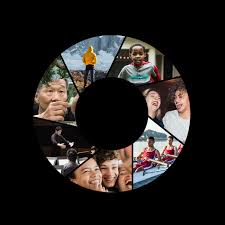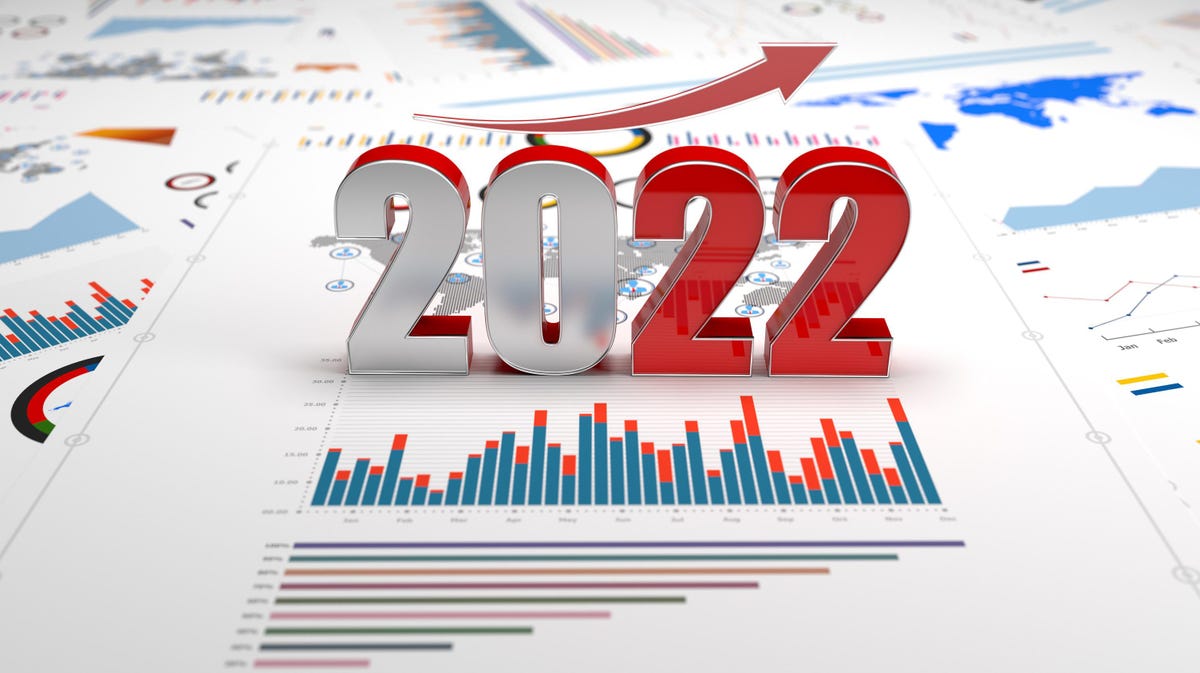Destination is a beacon for growth
In October 2021, Deloitte published its 2022 Global Marketing Trends report on macro trends that brands will face in the near future.
Deloitte analysts base their assumptions on a 2021 study, in which more than 1,000 executives (marketers, financiers, programmers and other professionals) were interviewed, as well as 11,500 consumers around the world. Moreover, Deloitte conducted in-depth interviews with 18 executives of the world’s leading brands.
Here are 6 Deloitte Marketing Trends in 2022 that Fast-Growing Brands have already picked up.

The pandemic has changed the way we think about social responsibility. According to the Edelman Trust Barometer 2021 report, 86% of consumers expect CEOs to voice their public stance on socially significant issues. Business in the eyes of modern society is more than making money. And if a company sets itself socially significant goals, this can become its competitive advantage.
A survey of Deloitte consumers showed that price and quality are still critical when buying. But when the researchers dug deeper, it turned out that “sustainable development” was the key criterion in the category of beauty and care products, as well as products for consumers under the age of 25. That is, Generation Z prefers those cosmetic brands that are conservative of natural resources.
Analysts also noticed that fast-growing companies (with 10% annual growth and above) are translating their goals into action more actively than brands with lower growth rates. Their missions are more holistic, more inclusive, and tied to issues that truly worry people.
# 2. Truly Inclusive Marketing
Advertising literally bombards the modern consumer: during the day he can view up to 10 thousand such messages. Unsurprisingly, people (especially the younger generation) have become more selective about which ads to interact with and expect more from brands than just a seasonal sale announcement.
Society is increasingly diversifying – by race and ethnicity, sexual orientation and differences in abilities.
According to the WHO, about 15% of the world’s population has a disability, but this category of people is rarely mentioned in advertising. If a brand wants to effectively engage with consumers, it must consider the diversity of its audience. Deloitte found that young respondents are more likely to pay attention to inclusive advertising when making a purchase decision than people over 46 …
However, showing variety is not enough. As the Deloitte study shows, 57% of consumers are more loyal to brands that confront social inequality in more than just words.
Researchers have found that fast-growing companies are striving to provide Diversity, Equity and Inclusion (DEI) in all spheres of influence – in the workplace, in the market, in society – and put more effort into this than brands with a lower growth rate.
For example, 23% of fast-growing organizations employ diversity principles, while among brands that are not growing as fast, this figure is only 15%.
CEOs understand the importance of ensuring equity and inclusion. According to a survey of Fortune / Deloitte executives, 94% of senior executives cited DEI as their personal strategic priority, and 90% agreed that their organizations aspire to become leaders in this area.
# 3. Intellectual creativity
If earlier marketing was associated with creativity, today in this area they hire analysts who can process arrays of customer data. Deloitte asked 556 CMOs to determine the top skills of the best team members, and it turns out that analytical skills have supplanted creativity in all but consumer products. Even 10 years ago it seemed inconceivable.
However, one should not think that analytical and technical skills will replace creative ones. Marketers face a difficult task – to unite different specialists: analysts, strategists, programmers and creatives. This means that the heads of the marketing department will have to reconsider their attitude to cooperation. The Deloitte researchers found that while leaders in other departments identified collaboration as a key skill, CMOs prioritized it as a lower priority.
As a rule, reorganizations are tedious and perceived with hostility by teams, so you should not resort to serious structural transformations. The solution is smaller, more flexible changes that combine different skills to achieve a single goal of getting a customer.
# 4. Meeting a customer in a cookie-free world
Today’s consumers are increasingly concerned about data privacy: they are concerned about how information about their preferences and shopping habits is used.
Leading companies have already taken into account the experiences of their customers. In 2021, Apple released an operating system update that allowed iPhone and iPad owners to independently determine which apps can track third-party cookies. Another iOS update is expected in 2022 with additional privacy features for Apple Mail users. Google will also stop using cookies in its most popular browser, Chrome, with over 3.2 billion users.
Would you like to receive a digest of articles?
One letter with the best materials per week. Subscribe not to miss anything.
Thanks for your subscription!
Opting out of third-party cookies limits what marketers can do. In particular, this will make it difficult to find new customers and re-attract those who viewed the products, but for some reason did not make a purchase.
Leading companies are already adjusting to a cookie-free world, according to a Deloitte study. 61% of fast-growing brands have adopted a first party data strategy. Among businesses with negative growth, this figure is only 40%.
Fast-growing organizations are also practicing more creative ways to use data. They are more likely to use dynamic creative optimization (51% versus 36%) and purchase ads via programmatic (49% versus 29%). Brands with negative growth are banking on more traditional tools like email optimization (68%) and predictive marketing (57%).
# 5. Working with data: people first
Marketing uses customer details to improve customer service. However, the line between usefulness and data misuse is very thin. Geotracking, device eavesdropping, and third-party cookie suggestions can make people feel anxious. For example, 53% of consumers said that wiretapping (when in a conversation you mention that you want coffee, and then you see coffee ads on social media) – it’s creepy.
Deloitte analysts have noticed several patterns:
1. If the data came from advanced tracking methods (geodata, eavesdropping, third-party cookies), consumers almost always rated these interactions negatively.
2. The ratings were especially low if the user had never encountered the brand before – did not make a purchase from him or did not provide his email.
3. Nearly all scenarios that preceded a relationship with a company and lacked deep tracking were rated by consumers as most useful. These interactions provided the customer with a specific benefit – signaling a sale or reminding them of a timely buyout.
What follows from this? The use of the data must take into account the customer benefit factor and, of course, be transparent. Otherwise, you will not gain confidence.
# 6. Improving the hybrid experience
The pandemic has forced companies to look for new ways to communicate with consumers. The physical and digital worlds collided – and we now live in a new hybrid environment. On the one hand, it is more convenient to interact via the Internet, but at the same time, the client is more than an email address and profile data, sometimes he needs physical contact. Therefore, now the task of marketers will be to provide a hybrid experience that goes beyond digital technology.

75% of executives surveyed by Deloitte said they will increase investment in hybrid development over the next 12 months. When asked why they do this, the answers were as follows:
- To improve the personalization of products and services (43%)
- To make your offer more innovative (43%)
- To make people feel better connected with each other (40%)
- To provide a more inclusive experience (38%)
Personalizing communication channels – both physical and digital – is the first thing a brand needs to respond to hybrid reality. In other words, interact with the client where it is convenient for him. According to a survey of consumers by Deloitte, the younger generation is giving priority to shopping through social media, voice assistants and virtual reality headsets. But among the 46+ generation, they are not so common.
Channel personalization also opens up opportunities for inclusion. A 2019 study found that 70% of sites are inaccessible to people with visual impairments. However, if a brand uses a voice assistant as a communication channel, it can meet the needs of different customers.
Would you like to receive a digest of articles?
One letter with the best materials per week. Subscribe not to miss anything.
Thank you for subscribing!
